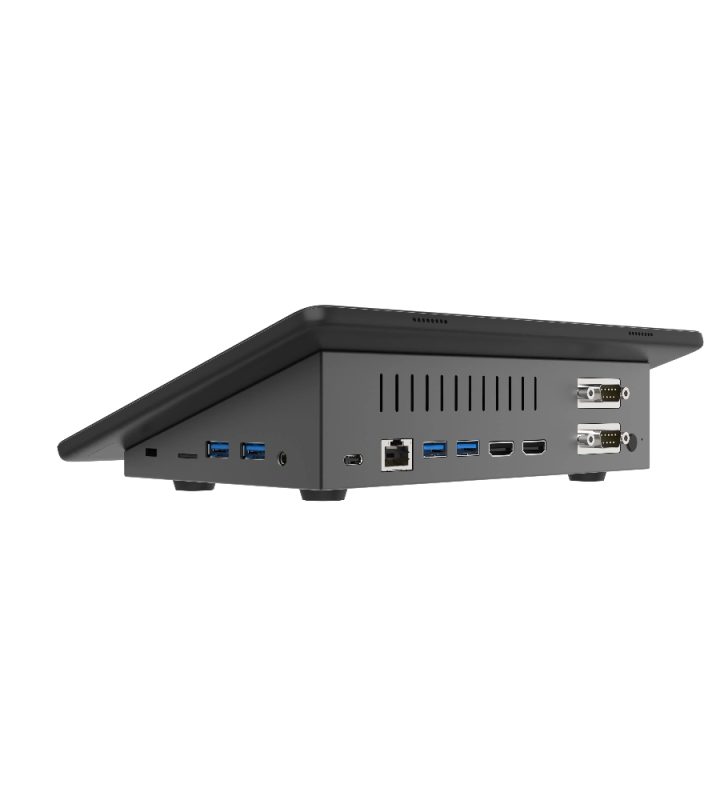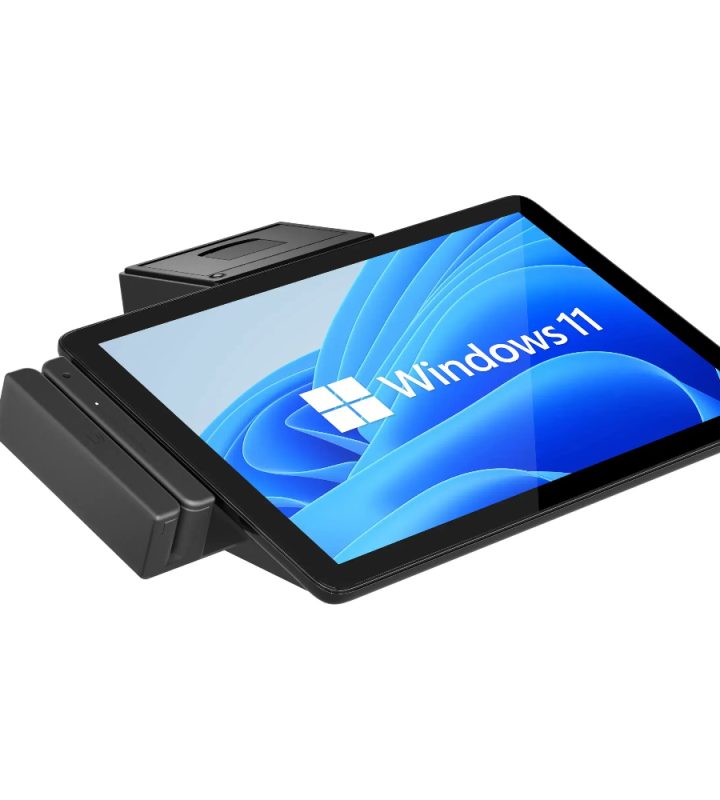Touch screen computer: 2025 selection guide

1. Introduction
In the modern business environment, touch screen computers have become an indispensable productivity tool for all walks of life and are widely used in retail, medical, catering, industrial manufacturing and other fields. However, B-end customers often face many challenges when purchasing touch screen computers, such as performance requirements, durability, compatibility, cost control and other issues. This guide will help corporate customers deeply analyze the key points of procurement and ensure that they choose the touch screen computer that best suits their business needs.

2. Analysis of pain points of B-end customer procurement
2.1 Hardware performance matches business needs
When choosing a touch screen computer, companies often encounter problems such as processor performance, memory, storage space and other parameters that cannot match business needs. For example:
- Retail POS systems need to run multiple software, and low-end devices may freeze.
- Industrial automation applications require high-performance CPUs and dust-proof and waterproof bodies to adapt to harsh environments.
2.2 Screen durability and touch accuracy
- High touch response delay affects operational efficiency.
- Low-quality touch screens are easily scratched, affecting long-term use.
- A waterproof and dustproof industrial-grade Touch screen computer is needed, but the options on the market are limited.

2.3 Compatibility and scalability
- It is necessary to connect to POS systems, scanners, printers and other peripherals, but the interfaces do not match.
- The purchased equipment is not compatible with the existing software system, which makes it difficult to upgrade the system
- When the business expands in the future, the existing touch computers cannot meet new needs.
2.4 Cost and ROI - High-performance Touch screen computers are expensive and the budget is limited.
- Low-cost equipment has a short service life, and the long-term operating costs are higher.
- After-sales service is imperfect and the maintenance cost is high.
3. Key parameter analysis and purchase guide
3.1 Processor (CPU)
- Intel, AMD: Suitable for running POS systems, CRM software, and data processing applications.
- ARM processor: Suitable for low-power devices such as information query terminals.
3.2 Touch screen type
- Capacitive screen: Supports multi-touch, high touch sensitivity, suitable for high-interaction scenarios.
- Resistive Touch Screen: supports stylus, suitable for industrial and medical environments.
- Infrared Touch Screen: scratch-resistant and durable, suitable for outdoor use.
3.3 Screen size and resolution
- 10-15 inches: suitable for retail POS and medical terminals.
- 15-22 inches: suitable for self-service ordering and information query terminals for catering.
- Above 22 inches: suitable for industrial control and conference interactive screens.
- Resolution recommendations:
○1280x800 (basic applications)
○1920x1080 (HD applications, such as data display)
○4K (professional design, industrial testing)
3.4 Durability and protection level
- IP65 waterproof and dustproof: suitable for outdoor, factory, catering and other environments.
- Anti-vibration and anti-fall design: suitable for industrial equipment and vehicle-mounted applications.
3.5 Ports and expandability
- USB 3.0 / USB-C: connect peripherals and data transmission.
- HDMI / DisplayPort: connect external monitors.
- RS232 serial port: compatibility requirements for industrial equipment and old systems.
- WiFi/Bluetooth/4G module: support wireless connection.
4. Industry application recommendation
4.1 Retail POS system
- Recommended practical configuration: Intel Celeron J4125, 8GB RAM, 128GB SSD, 15-inch capacitive screen.
- Key requirements: high touch accuracy, support for code scanning equipment, strong software compatibility.
- Basic POS equipment: J4125 is enough for running ordinary cash register software, making orders, and simple data processing. It has low power consumption and low price, and is suitable for embedded, fanless, and small POS machines.
- If your POS computer is an embedded, small all-in-one machine, J4125 may be a more economical choice; but if you want to run more complex software, Intel i5/i7 is more worth investing in.
4.2 Medical self-service terminal
- Recommended configuration: Intel i7, 16GB RAM, 256GB SSD, 21-inch capacitive screen.
- Key requirements: high-definition display, antibacterial design, easy to clean.
4.3 Industrial automation control
- Recommended configuration: Intel i7/i9, 32GB RAM, 512GB SSD, 22-inch infrared touch screen.
- Key requirements: waterproof and dustproof, shock-resistant and durable, compatible with industrial software.
4.4 Catering self-service ordering machine
- Recommended configuration: ARM processor, 4GB RAM, 32GB storage, 15-inch resistive screen.
- Key requirements: oil and dirt proof, support handwriting input, high stability.
5. Procurement suggestions and brand recommendations
5.1 Procurement channel recommendations
- Official website procurement (such as Dell, HP): official quality assurance.
- B2B platform procurement (such as Alibaba, Global Sources): bulk procurement is more cost-effective.
5.2 Reliable brand recommendation
- Dell: suitable for corporate office and commercial applications.
- Advantech: industrial-grade Touch screen computer, strong durability.
GolePOS: 10 years of experience in POS equipment manufacturing, install WINDOWS 11 or Android, compatible with multiple payment systems.

Higole POS F10 Touch Screen Monitor 10.1″ Mini PC in Wholesale, Intel N5095, Windows 11, Fully POS Software Compatible
$265.00 – $285.00
Higole POS F10 10.1-Inch Touch Tablet with Card Reader , fully Compatible with Major POS Systems– All-in-One POS Hardware
$285.00 – $305.00





